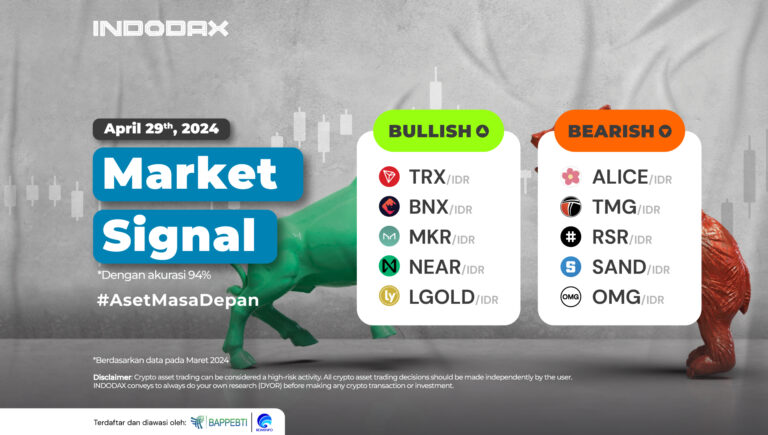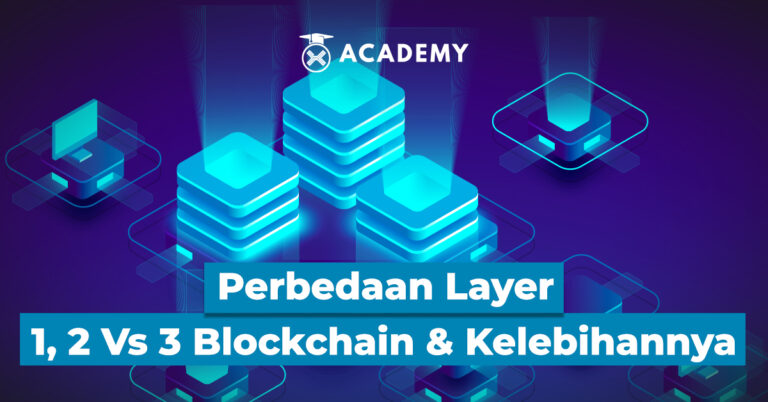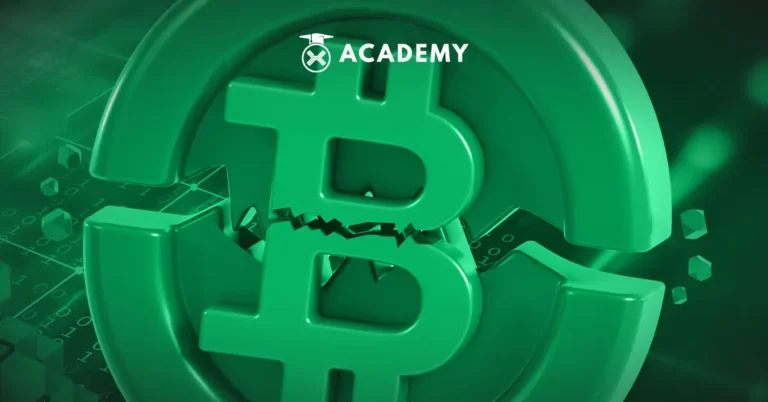In facing the demand for a more efficient blockchain that can develop well, Celestia is present as a pioneer by bringing a revolutionary idea, namely modular blockchain.
These advances offer the potential for increased performance and open a new chapter in flexibility and independence for decentralized application developers. Celestia is a modular blockchain network that provides developers with the infrastructure to build and maintain blockchains.
So, to understand what Celestia is, how it works, features, tokenomics, and how it differs from its competitors, see the full review below!
What is Celestia?
Quoting celestia.org, Celestia is a modular data availability (DA) network that can securely dissolve along with the number of users, making it easy for anyone to launch their blockchain.
Rollups and L2s use Celestia as a network to publish and make transaction data available for download by anyone. For them, Celestia provides high-throughput DA that can be easily verified with light nodes.
Making the blockchain stack modular allows anyone to launch their blockchain without needing a validator set.
Understanding Blockchain Modularity and Why Is It Important in the Crypto World?
Quoting techopedia.com, Celestia Mainnet was launched on October 31, 2023, and is considered the beginning of the “modular era” in the blockchain industry. However, the question is, what is blockchain modularity, and why is it important for the crypto world?
Blockchain modularity is a blockchain design concept that separates the fundamental functions performed by a blockchain. Early crypto blockchains, such as Bitcoin (BTC) and Ethereum (ETH), performed all the tasks a blockchain requires, from data availability, consensus, execution, and settlement. It is known as a monolithic blockchain.
In contrast, modular blockchains specialize and optimize to carry out specific functions. Blockchain modularity aims to provide an optimized infrastructure to help blockchain achieve mass scale.
In addition, the modular design is also intended to make it easier and faster for developers to deploy (place in a certain position for a purpose) new blockchains and decentralized applications.
How Does Celestia Work?
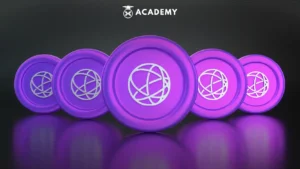
Modular blockchains operate opposite monolithic blockchains, which is the architecture commonly used by most blockchains. A monolithic blockchain functions as one indivisible entity.
In contrast, modular architecture separates blockchain layers to carry out specific functions. With each task executed by its layer, the process becomes more optimized.
As a modular blockchain, Celestia separates the layers of data availability, consensus, settlement, and execution. Celestia itself focuses on layers of data availability, modularity, and flexibility. This means that Celestia is not involved in smart contracts or computing. Rollups or another blockchain will handle these tasks.
By separating these layers, Celestia offers users greater flexibility. This allows the development team to match the network layer to their needs.
In this case, users can choose the completion and execution layers according to their preferences while still taking advantage of the advantages of Celestia’s data availability layer.
Celestia Features
After understanding what Celestia is and how it works, it is also important to know the features it provides. The following are some of the features introduced by Celestia, including:
1. Data Availability Sampling
Most blockchains require nodes to download all transaction data from blocks to verify data availability. However, problems arise when blocks become larger and larger, making downloading the entire transaction data impractical. This is one of the main obstacles to blockchain scalability.
Celestia tries to overcome this problem through its Data Availability Sampling feature. With this feature, light nodes (nodes that do not store all data) do not need to download all transaction data. Instead, they only need to download a small portion of the block.
After that, the light node samples the downloaded data several times. When the sampling results reach a specified confidence level, for example, 99%, then the data on the block is considered available.
For example, if there is a 4MB block with Data Availability Sampling, the node only needs to download 20 samples, each 1 kB in size. This means that they only need to download 0.5% of the total blocks, not all of them.
Thus, the process can be 200 times faster. The efficiency will increase further if the block size becomes larger. On the other hand, the existence of the Data Availability Sampling feature on Celestia could be a significant change. In particular, layer 2 with rollup mechanisms can benefit from solutions such as DSA.
It is associated with a roll-up that sends a “summary” or “proof” of each transaction to layer 1 for settlement. The rollup operator is considered dishonest if the transaction is not available for verification. With DSA, this process can be faster and more efficient.
2. Sovereign Rollup
One of the important features presented by Celestia is support for the development of sovereign rollup technology. It refers to a stand-alone rollup or independent blockchain that its development team can manage.
Compared to Ethereum, Celestia does not involve a conventional execution process. Instead, it provides block space designated specifically for compressed data from rollups.
With this mechanism, rollups will not compete for block space with smart contract applications, which can ultimately reduce concerns about congestion. Furthermore, the independence of the roll-up as an independent entity is emphasized by the decision of the full nodes to set their fork rules.
In other words, they have the freedom to fork at their discretion without constraint or approval from Celestia. Despite its independence, the roll-up still gets security and functionality from Celestia, as it serves as a base layer for recording transactions and providing public data.
For the transaction execution process, developers can choose the execution ecosystem according to their preferences. With sovereign rollup, development teams can combine multiple execution ecosystems to form a layer 2 that suits their needs. Currently, commonly used rollup technologies include ZK-Rollup and Optimistic Rollup.
3. Rollkit
Launching decentralized applications (dApps) as smart contracts often means dApps are constrained by shared computing resources and limited by the execution environment of the blockchain technology used. That can hinder the scalability and flexibility of dApps.
Some development teams created chains at layer 1 to overcome this problem. However, this step is often complex and has challenges, including collecting validators to maintain chain security, creating tokens for compensation, and managing and maintaining network infrastructure.
Rollkit is here to overcome the complexity of creating chains at layer 1 because this platform will handle all related activities. The basic idea is that Rollkit acts as a public platform providing ease and freedom for development teams to launch dApps through a modular stack.
Rollkit is an implementation of Celestia that makes it easy to use sovereign rollup practically. By leveraging Rollkit, developers do not need to develop their consensus network.
Those who use Rollkit will get the security of Celestia’s data availability layer. In this way, the need for large validator networks can be eliminated, and technical barriers for developers can be reduced.
In the long term, Rollkit has a vision to provide development teams with various options for building their chains. Rather than starting from scratch, they can easily build, swap, or replace features through Rollkit.
To ensure neutrality and decentralization, Rollkit has been separated from Celestia Labs. Rollkit is a standalone project with a GitHub repository (data structure) and documentation separate from Celestia.
Celestia Token (TIA) Uses
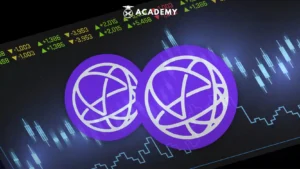
Celestia has a native token known as TIA. The token is an important component in the Celestia ecosystem which functions to secure the network through Proof of Stake and pay transaction fees.
Referring to the Celestia white paper, the following are several functions of the TIA token, including:
- Paying Blobspace: To access Celestia’s availability data layer, the rollups development team needs to perform a PayForBlobs transaction that pays using TIA.
- Bootstrapping New Rollups: Like Ethereum-based rollups, development teams can start their chain using TIA as a gas token and asset.
- Proof of Stake: As a Proof of Stake blockchain, Celestia leverages TIA to secure the network and provide rewards through a staking mechanism.
- Decentralized Governance: TIA stakers can participate in Celestia’s decentralized governance.
Celestia (TIA) Token Tokenomics
It is noted that the total supply of TIA has reached 1,000,000,000 TIA, with the initial circulating supply currently at 14.1% (141,000,000 TIA). As much as 20% of TIA’s total supply is allocated to the public through testnet incentives and other future initiatives.
One form of such incentive is the genesis airdrop which includes 60,000,000 TIA tokens, carried out at the launch of Celestia mainnet. This airdrop was given to 576,653 wallet addresses that met certain requirements. These requirements include active users of the Ethereum layer-2 and Cosmos networks with a wallet balance equivalent to $50 before January 1, 2023.
Although the airdrop and token allocation for the public is relatively small, while the allocation for internal parties (investors, team of contributors) is larger, this can be justified by Celestia’s need for significant funding in the early stages of developing a very complex technology.
In a competitive market environment, incentivizing early investors through token allocation is important to support funding for projects like Celestia. Additionally, TIA Token has an inflation rate of 8% for the first year. This figure will decrease by 10% every year until it finally reaches the limit of 1.5%.
Celestia vs. NEAR, Avail, and EigenDA differences
Quoting Techopedia.com, data availability solutions fit perfectly into Ethereum’s rollup-focused development plans. Therefore, it is unsurprising that several competitors to Celestia have emerged recently. The following are the differences between Celestia and several of its competitors, including:
1. NEAR DA
Near Foundation, the nonprofit organization behind the L1 NEAR blockchain, introduced the NEAR Data Availability Layer (NEAR DA) at its annual conference on November 8, 2023. Starknet and Caldera rollup solutions were among the early adopters of NEAR DA.
“It’s about reliability and integration with the Ethereum ecosystem. Supporting Ethereum L2s and high-quality projects launching app chains,” said the Near Foundation.
2. Avail
Avail is a DA layer previously known as Polygon Avail. Polygon Labs spun off Avail in March 2023. Polygon founder Anurag Arjun led the project, and their team is based in Dubai, United Arab Emirates.
Avail’s approach differs from Celestia’s in that the former uses consensus mechanisms called BABE and GRANDPA, inherited from the Polkadot blockchain protocol. Avail is currently on testnet as of November 9, 2023.
3. EigenDA
EigenDA is a DA layer being built on top of Ethereum by EigenLabs, the company behind Ethereum restaking solution EigenLayer. EigenDA was specifically designed with the Ethereum ecosystem in mind.
EigenDA aims to enable Ethereum L1 staking holders and validators to support critical functions beyond consensus by allowing them to perform validation tasks for DA layers such as EigenDA. EigenDA is expected to hit the testnet in the fourth quarter of 2023.
Invest in Crypto Assets on INDODAX
So, now you understand what Celestia is, how it works, features, tokenomics, and how it differs from its competitors.
Next, if you are interested in investing in crypto assets, it would be a good idea to check the crypto market on INDODAX Market. After checking the price, you can buy crypto assets on a trusted crypto exchange only on INDODAX.
Please remember that INDODAX is a pioneer and leading platform in trading/buying and selling crypto assets in Indonesia. As a trusted crypto asset trading platform, INDODAX continues to provide reliable services for investors. By providing easy and comfortable access to the crypto asset market, INDODAX guarantees user transaction security.
So what are you waiting for? Le invest in crypto assets now only on INDODAX!





